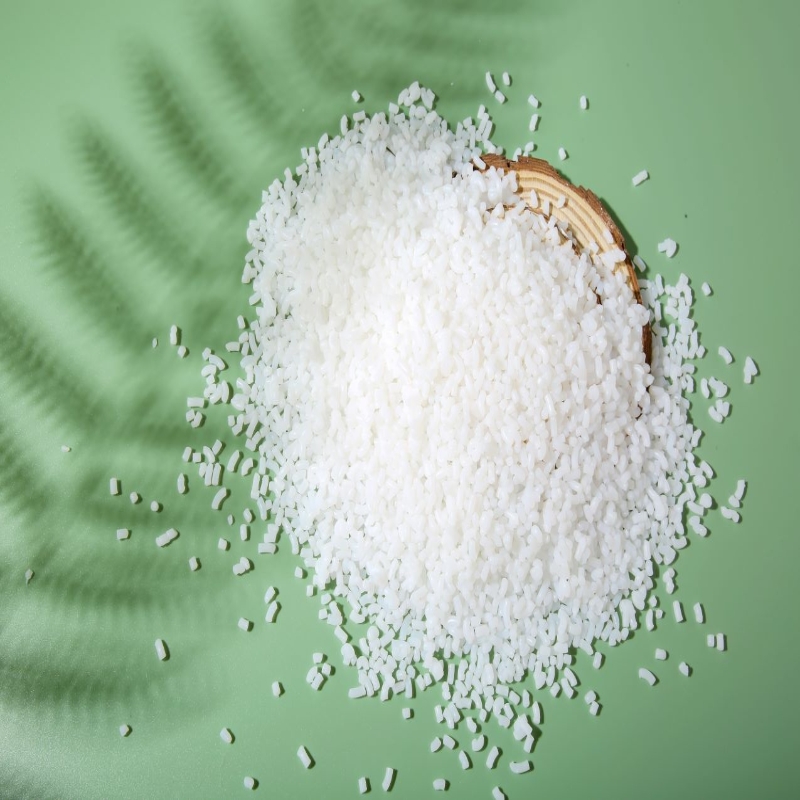-
Categories
-
Pharmaceutical Intermediates
-
Active Pharmaceutical Ingredients
-
Food Additives
- Industrial Coatings
- Agrochemicals
- Dyes and Pigments
- Surfactant
- Flavors and Fragrances
- Chemical Reagents
- Catalyst and Auxiliary
- Natural Products
- Inorganic Chemistry
-
Organic Chemistry
-
Biochemical Engineering
- Analytical Chemistry
-
Cosmetic Ingredient
- Water Treatment Chemical
-
Pharmaceutical Intermediates
Promotion
ECHEMI Mall
Wholesale
Weekly Price
Exhibition
News
-
Trade Service
Microbicide regulations remain a hot topic in the paint and coatings industry. We have discussed the effects of active substances and research and development in this area with Dr. Annette Bitsch of Fraunhofer ITEM.
current research and development focus on biological killers?
. Annette Bitsch: Based on increased awareness of climate protection, the demand for biological, natural and "green" products has increased
. However, the effectiveness of target organisms such as bacteria, viruses or fungi should be maintained at the same time. Known active substances are CMR substances or environmental hazardous substances, such as persistent and toxic compounds that affect non-target organisms. Therefore, it is necessary to identify new active substances or substitutes that have the same reaction to the target organism. In particular, new development coatings will be of particular interest.
"hot topic" on biocide research and development is the evaluation of endocrine interference characteristics of all ingredients in the product. The assessment is complex and the data required for the assessment is wide. Avoiding the huge number of new animal trials requires the development and acceptance of alternative testing strategies such as in-body and insotrophy analysis and a combination of computer methods. In addition, it needs to take into account that ED guidance is the most applicable to active substances with large packets. For most inactive substances, only limited data are available, so new inactive substance methods are required.
, you always need to update the current default values and parameters to describe exposure scenarios for humans and the environment. This has been mainly targeted at product types representing major group 1: disinfectants and other major groups of individual PTs. For other PTs, however, much research and work remains to be done to better and more realistically assess the potential risks to humans and the environment.
you expect to develop more new active substances for approval?
: We believe that the development of new bactericidal active substances will be a problem in the future. Especially in some product types, many active substances are no longer supported or rejected for approval. This may be due to substance-specific properties or stricter regulations. In these cases, only a small number of alternative products for specific purposes remain on the market. Therefore, a continuous decrease in the application of biologically killing active substances can be expected. However, due to the heavy workload, time range and cost of developing new active substances, activities for the development of new active substances appear to be quite low.
recent changes to the Pesticide Regulations?
: As mentioned earlier, endocrine assessment is a new requirement in the Biocide Product Regulation (BPR, (EU) 528/2012). As of June 7, 2018, the evaluation of endocrine interference characteristics of all ingredients in the product is a new part of the data requirements. The assessment and authorization process has been extended as a result of this additional assessment and the increased workload of applicants and competent authorities, as well as the Biodymethic Products Committee.
another point is the implementation of the concept of a bio-killing product line. The aim is to allow applicants to submit stronger and more predictable applications and to limit, to the extent possible, the resources and time required to evaluate those applications. The main points of discussion were to clarify the issue of "similarity" and to make recommendations. The corresponding CA document was released in July 2019. In addition to these topics, the development and refinement of exposure scenarios (human/ecological) and efficacy guides are ongoing.
are there regional differences in the regulation of biological killers?
: Since BPR is a regulation, the implementation applies directly to the whole of the EU. BPR is therefore the regulatory basis for all member states and provides regulatory guidance to applicants.
view, the differences between Member States should be as small as possible. However, Member States showed some changes in costs and the time it took to respond and assess the submission of data. In addition, some (secondary) local requirements may have to be met. In addition, only a few Member States have taken over their roles as competent authorities authorized by the Union.
you will attend the European Coatings Symposium Biodides in Amsterdam, the Netherlands, on 9 October. What are the participants' expectations for the workshop?
: For the seminar, several topics will be discussed. Initially, all participants will receive an introductory overview of BPR, including definitions of fungicides and descriptions of different types of biocide products. Participants will also be introduced and discussed regulatory aspects, such as effectiveness assessments, exposure assessments, and current points of discussion and critical cases (e.g., products covered by regulations other than BPR).
interview with Vanessa Bauersachs







